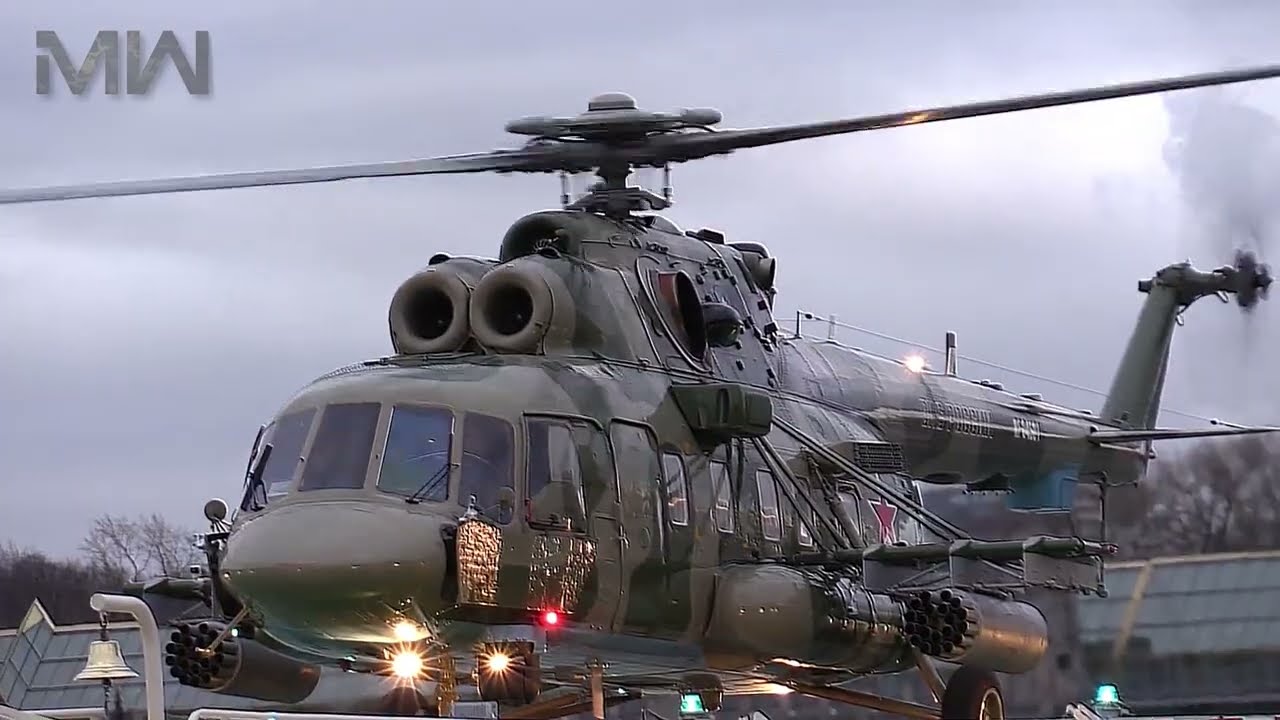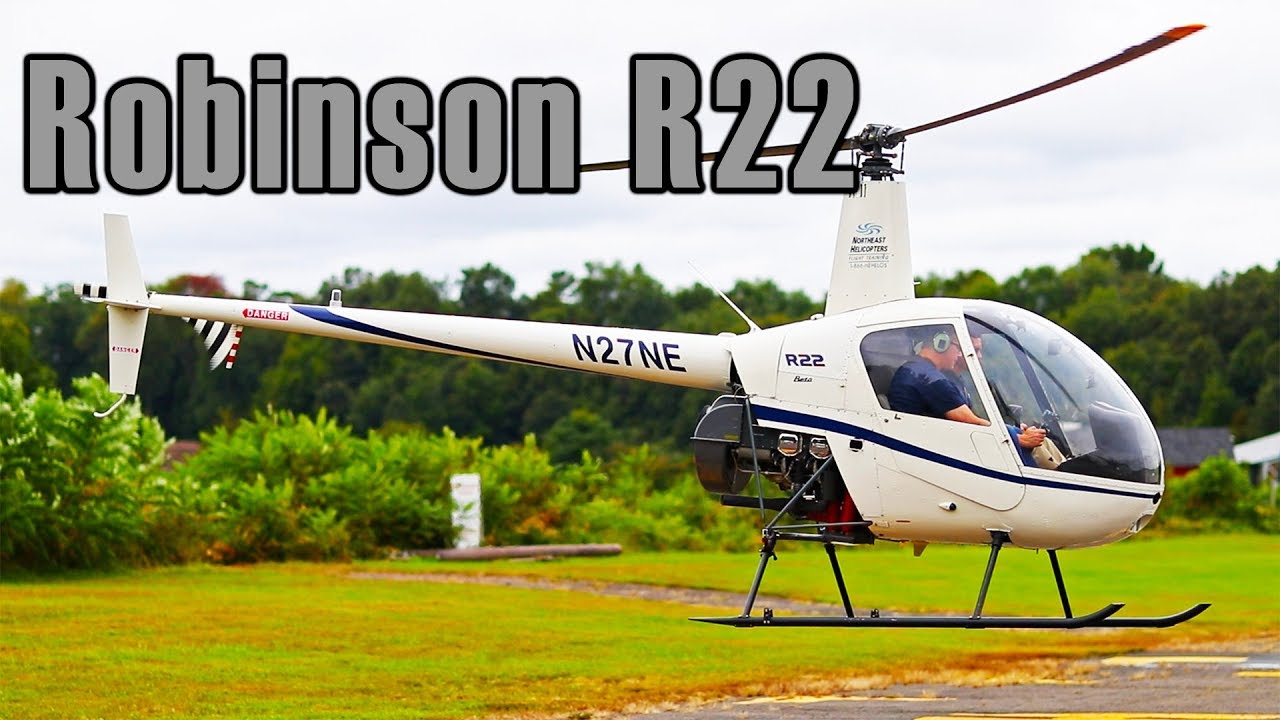Overview of the Sikorsky CH-53 Sea Stallion
The Sikorsky CH-53 Sea Stallion is a prominent heavy-lift transport helicopter that has served the United States military since the late 1960s. Designed and manufactured by Sikorsky Aircraft, the CH-53 was initially developed for the U.S. Marine Corps to meet the demanding requirements of transporting troops, vehicles, and supplies in various operational conditions. The helicopter is renowned for its robust construction, exceptional lift capabilities, and versatility, making it a critical asset in both combat and humanitarian missions.
At the heart of the CH-53’s design is its powerful twin-turbine engines, which provide the necessary thrust to carry heavy loads over long distances. The helicopter features a spacious cargo hold capable of accommodating up to 55 troops or a substantial amount of cargo. Its external cargo hook system allows it to transport oversized loads externally, further enhancing its logistical flexibility. With a maximum gross weight of over 42,000 pounds, the Sea Stallion can perform in a variety of environments, from arctic conditions to desert heat, showcasing its adaptability.
Advanced avionics and systems equip the CH-53 Sea Stallion, enabling it to operate effectively in both day and night conditions. Its state-of-the-art navigation and communication systems ensure precise mission execution and coordination with ground and aerial units. The helicopter’s rotor system, which includes six blades, contributes to its superior lift and stability, even in challenging weather conditions. Over the years, the CH-53 has undergone several upgrades to enhance its performance, survivability, and operational capabilities, ensuring its continued relevance in modern military operations.
The CH-53 Sea Stallion has seen action in numerous military conflicts, including the Vietnam War, the Gulf War, and operations in Iraq and Afghanistan. Its ability to transport large payloads and support amphibious assaults has made it indispensable for the U.S. Marine Corps and other military branches. Additionally, the helicopter has played a vital role in humanitarian relief efforts, delivering aid and supplies to disaster-stricken regions worldwide. The CH-53’s legacy is marked by its enduring service and adaptability, solidifying its place as one of the most capable heavy-lift helicopters in military aviation history.
History and Development of the Sikorsky CH-53 Sea Stallion
The Sikorsky CH-53 Sea Stallion emerged from the need for a heavy-lift transport helicopter capable of supporting the United States Marine Corps. Initially developed in the 1960s, the CH-53 was designed to meet the increasing demands for transporting heavy equipment, troops, and supplies in challenging environments. The genesis of this helicopter can be traced back to the U.S. Navy’s request for a new heavy-lift helicopter, which led to Sikorsky’s innovative design that would become a cornerstone of military aviation.
Development and Design
Sikorsky’s response to the military’s requirements resulted in the S-65 model, which would later be designated as the CH-53A Sea Stallion. This helicopter was equipped with two powerful turboshaft engines, enabling it to carry substantial loads over long distances. The CH-53A made its first flight in 1964 and was officially introduced into service in 1966. Over the years, various upgrades and modifications were made to enhance its performance and capabilities, leading to the development of the CH-53D and CH-53E Super Stallion variants.
Key Features and Enhancements
Throughout its history, the CH-53 Sea Stallion has undergone numerous enhancements to meet evolving military needs. Notable improvements include the transition from the original twin-engine configuration to the more powerful three-engine setup in the CH-53E Super Stallion, significantly increasing its lift capacity. Additionally, advancements in avionics, rotor systems, and defensive capabilities have ensured the Sea Stallion remains a versatile and vital asset in modern military operations. The helicopter’s ability to adapt to various roles, from troop transport to heavy cargo missions, underscores its enduring significance in the U.S. military arsenal.
Technical Specifications and Features of the CH-53 Sea Stallion
The CH-53 Sea Stallion is an impressive heavy-lift transport helicopter, engineered to excel in both military and civilian operations. Designed by Sikorsky Aircraft, this helicopter is primarily used by the United States Marine Corps. One of its defining features is its powerful propulsion system, which consists of three General Electric T64-GE-416/416A turboshaft engines. These engines enable the CH-53 to achieve a maximum speed of approximately 170 knots (196 mph, 315 km/h) and provide the necessary thrust to transport heavy payloads over substantial distances.
In terms of capacity, the CH-53 Sea Stallion is designed to carry up to 37 troops in its standard configuration, but it can be modified to accommodate up to 55 passengers with centerline seats. Its cargo capabilities are equally impressive, with the ability to lift up to 8,000 kg (17,637 lbs) internally or 13,600 kg (30,000 lbs) externally via a sling load. This versatility makes it an invaluable asset for a variety of missions, including troop transportation, supply delivery, and equipment relocation. The helicopter is also equipped with an advanced autopilot system and night vision capabilities, ensuring operational effectiveness in diverse and challenging environments.
The airframe of the CH-53 Sea Stallion is built to withstand the rigors of demanding missions. It features a six-bladed main rotor and a four-bladed tail rotor, designed to enhance lift and stability. The helicopter’s robust landing gear allows it to operate from a wide range of surfaces, from ship decks to unprepared terrain. Additionally, the CH-53 is equipped with defensive countermeasures such as chaff and flare dispensers, which help protect it from potential threats during operations. These attributes combine to make the CH-53 Sea Stallion a formidable tool for heavy-lift and tactical transport missions.
Operational Uses and Deployments of the Sea Stallion
The Sea Stallion, formally known as the CH-53E Super Stallion, has been a pivotal asset in military operations due to its exceptional heavy-lift capabilities. Primarily utilized by the United States Marine Corps, the Sea Stallion is instrumental in transporting troops, vehicles, and supplies, making it an indispensable component in both combat and humanitarian missions. Its ability to carry up to 36,000 pounds of cargo enables it to support large-scale operations and facilitate rapid deployment in diverse environments, ranging from arid deserts to dense jungles.
One of the prominent operational uses of the Sea Stallion is its role in amphibious assault missions. The helicopter’s robust design allows it to operate efficiently from both sea and land bases, providing critical support for naval expeditionary forces. During such missions, the Sea Stallion is responsible for delivering essential equipment and reinforcements to forward positions, often under challenging conditions. Its capacity to perform vertical replenishment further enhances its utility, ensuring that frontline units receive the necessary resources to maintain operational momentum.
The Sea Stallion has also been extensively deployed in humanitarian assistance and disaster relief efforts. In the wake of natural disasters, such as hurricanes and earthquakes, the Sea Stallion’s ability to transport heavy loads and operate in austere conditions makes it an ideal platform for delivering emergency supplies and evacuating affected populations. Its deployments in various international relief operations have demonstrated its versatility and reliability, solidifying its reputation as a critical tool for both military and humanitarian missions.
Future Prospects and Upgrades for the Sikorsky CH-53 Sea Stallion
The Sikorsky CH-53 Sea Stallion, a workhorse of the U.S. military, is poised for a range of significant upgrades and enhancements to extend its operational life and enhance its capabilities. Future prospects for the CH-53 involve advanced technological integrations aimed at improving performance, reliability, and versatility. The Sea Stallion is expected to undergo structural and systems upgrades to meet the evolving demands of modern military operations. This includes the integration of cutting-edge avionics and communication systems that will enhance situational awareness and interoperability with other military assets.
One of the key upgrades in the pipeline is the enhancement of the Sea Stallion’s engine and propulsion systems. This upgrade will likely focus on increasing power output and fuel efficiency, allowing for extended range and improved payload capacity. Additionally, enhancements in rotor technology are anticipated to reduce noise and vibration, which are critical factors in stealth and comfort during operations. These upgrades will ensure that the CH-53 remains a vital asset in heavy-lift missions, particularly in challenging environments where reliability and performance are paramount.
Moreover, there is a strong focus on improving the survivability and maintainability of the CH-53 through the incorporation of advanced materials and design improvements. The introduction of composite materials and corrosion-resistant coatings is expected to reduce maintenance requirements and increase the helicopter’s lifespan. Upgrades to defensive systems, including advanced countermeasure suites, will enhance the aircraft’s ability to operate in contested environments. The continued development of these upgrades underscores the commitment to maintaining the CH-53’s role as a cornerstone of military logistics and support operations.



